InquirySpace
Students should learn science by doing science. InquirySpace materials and technologies support students in asking questions about the world around them, designing and executing investigations, drawing conclusions based on their data, and communicating their findings.
The set of NGSS-aligned investigations for each discipline is designed to introduce and scaffold engagement in science practices and build an understanding of the interplay between experimental design, data collection, analysis, and explanation. In the process of investigating their world, students generate data using traditional lab tools, sensors, and simulations, then bring their data into our Common Online Data Analysis Platform (CODAP), which was developed specifically to facilitate sensemaking with data. Learn more »
Teacher Resources
Get Started with InquirySpace
Account registration and set up
Get Started with CODAP
User manual for the Common Online Data Analysis Platform your students will use for learning with InquirySpace
Technology & Materials Requirements
From sensors to online tools, what you will need in your labs
- Physics
- Biology
- Chemistry
- Simulations
- My Investigations
Physics

In physics students explore phenomena related to constant and accelerated motion as the context for learning how to design experiments, collect data from various sources, analyze the data, and develop scientific explanations. Learn more »
Biology
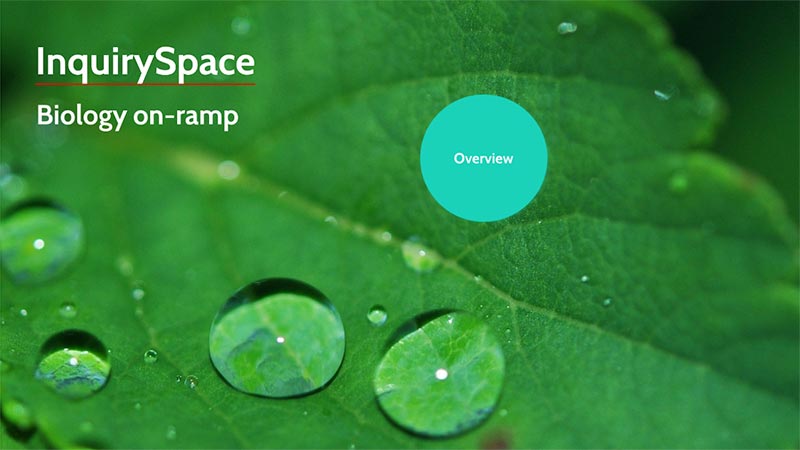
In biology the scaffolding to support students in designing experiments, collecting and analyzing data, and developing explanations builds across the investigation of three phenomena: enzyme activity, osmosis, and photosynthesis. (Note, we are in the process of revising this curriculum and plan to post a new version for the 2020-2021 school year.)
Chemistry
The sequence of phenomena in chemistry used to scaffold students in learning how to design experiments, collect data from various sources, analyze the data, and develop scientific explanations, is under development. Below is a draft investigation around the phenomenon of density.
Simulations
Included below are simulations embedded in the InquirySpace 2 curricular materials as well as some additional simulations that can be embedded into CODAP to generate data for analysis.
Physics
-

Car-Ramp Simulation
Explore distance, velocity, or acceleration as you change various factors in a car-ramp experiment.
-

Car-Ramp Simulation (in CODAP)
Explore distance, velocity, or acceleration as you change various factors in a car-ramp experiment. Embedded in CODAP for data analysis.
-
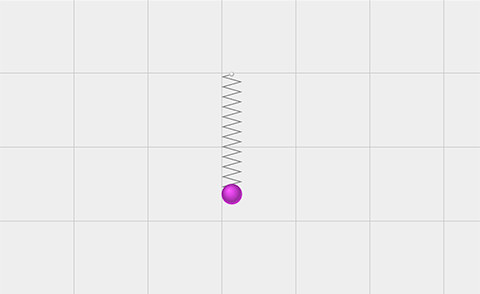
Spring and Mass (in CODAP)
Measure and graph spring distance versus time as you explore some factors that affect the period of a spring. Embedded in CODAP for data analysis.
-

Pendulum Exploration (in CODAP)
Explore factors that affect the period of a pendulum. Embedded in CODAP for data analysis.
-

Terminal Velocity (in CODAP)
Explore factors affecting the velocity of an object falling while attached to a parachute. Embedded in CODAP for data analysis.
Biology
-

Lactase Enzyme Action (in CODAP)
Measure and graph the level of glucose in a lactose/lactase solution using a virtual glucose meter. Embedded in CODAP for data analysis.
-

Diffusion of a Drop
Watch how dye molecules move through water. Trace an individual molecule to see how it moves through the liquid.
-
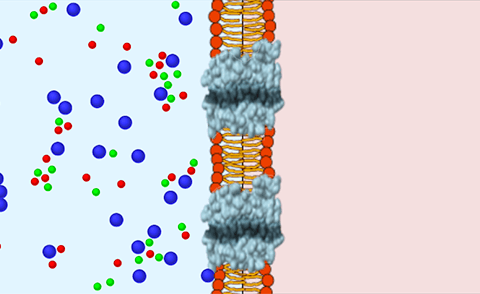
Diffusion: The Role of Aquaporins
Explore which ions or molecules can and can't pass through the membrane with and without aquaporins present.
-

Osmosis, Equilibrium, and Osmotic Pressure
Explore and graph how salt concentrations inside and outside of a cell affect movement of water molecules and pressure.
-
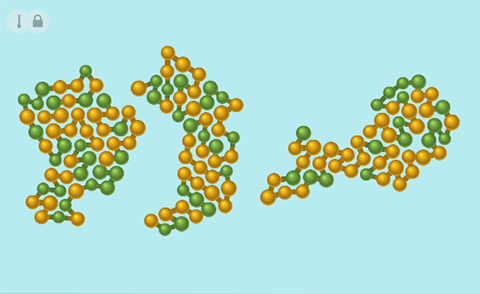
Protein Denaturation
Explore how heating and then cooling proteins affects their ability to hold functional shape.
-

Protein Folding (in CODAP)
Explore how various amino acids and solvents affect the folding up of proteins. Embedded in CODAP for data analysis.
Chemistry
-

Seeing attractions
Drag the molecules around to see when they are attracted to each other. Dotted lines indicate intermolecular attractions.
-

Expoloring intermolecular attractions
Adjust the attractive forces between particles and observe their behavior.
-

Temperature and Kinetic Energy
Explore the link between thermal energy, kinetic energy of atoms, and the measurement of temperature.
-

Intermolecular Attractions and Potential Energy
Explore the change in potential energy when molecules are separated from each other.
-

Overcoming IMF with KE
Explore how changing kinetic energy can overcome attractive forces, and observe how the temperature (average kinetic energy) and potential energy of the atoms change when the intermolecular forces are overcome.
-

Electronegativity and Ploarty
Set the elctronegativity on two bonded atoms and observe how this affects the way electrons become distributed and the shape of the molecule.
-

Atractions Between Non-polar Molecules
Observe how random movement of electrons makes attractions between non-polar molecules possible.
-

Charge and Force
Manipulate the charge on objects to explore the relationship between charge, electric field, and forces on objects.
-

Comparing Polarity
Drag molecules around to see surface charge on each.
-

Intermolecular Forces and Potential Energy
Explore how polarity affects the strength of attraction between molecules and how the potential energy of the system changes when the molecules are close together vs. separated from each other.
-

Diffusion and Temperature (in CODAP)
Explore the role of temperature in the rate of diffusion of a substance. Embedded in CODAP for data analysis.
-
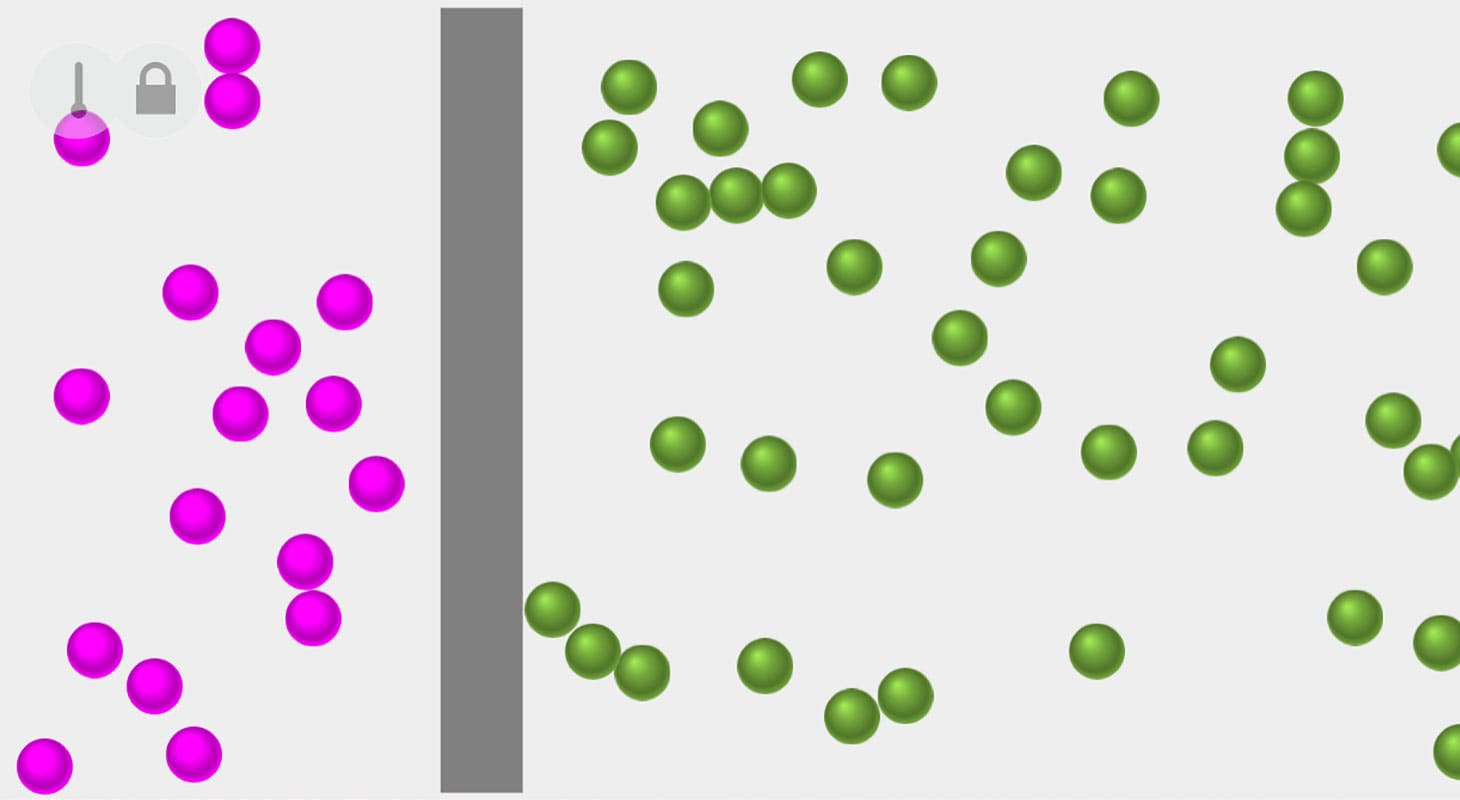
Diffusion and Mass (in CODAP)
Explore the role of a molecule's mass with respect to its diffusion rate. Embedded in CODAP for data analysis.
-

Concentration and Reaction Rate (in CODAP)
Explore the rate of reaction with various concentrations of reactants. Embedded in CODAP for data analysis.
-

Temperature and Reaction Rate (in CODAP)
Explore how temperature affects reaction rate. Embedded in CODAP for data analysis.
-

The Volume-Pressure Relationship (in CODAP)
Investigate the relationship between the volume of a gas and the pressure it exerts on its container. Embedded in CODAP for data analysis.
-

The Temperature Volume Relationship (in CODAP)
Explore the relationship between the temperature of a gas and its volume. Embedded in CODAP for data analysis.
-

The Temperature Pressure Relationship (in CODAP)
Explore the relationship between the temperature of a gas and the pressure it exerts on its container. Embedded in CODAP for data analysis.
-

Moles vs. Gas Volume (in CODAP)
Explore how the number of molecules affects the volume of a gass. Embedded in CODAP for data analysis.
Earth/Environmental Science (from the High Adventure Science project)
-

Climate Change (in CODAP)
Use this model to explore how changing human emissions of greenhouse gases might affect the temperature. Embedded in CODAP for data analysis.
-

Air Pollution (in CODAP)
Use this model to explore the connections between pollution sources, weather, geography, and air quality. Embedded in CODAP for data analysis.
Learn about CODAP and designing investigations
Use the "activity" below to assign a templated experiment with embedded CODAP document for gathering data and analysis.